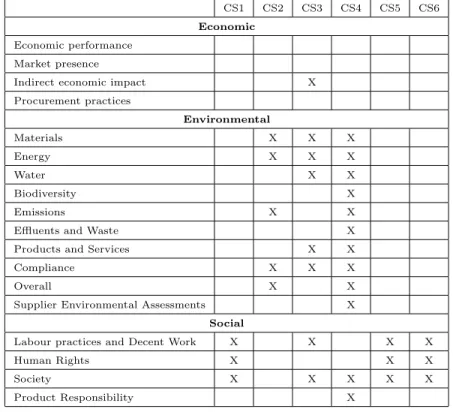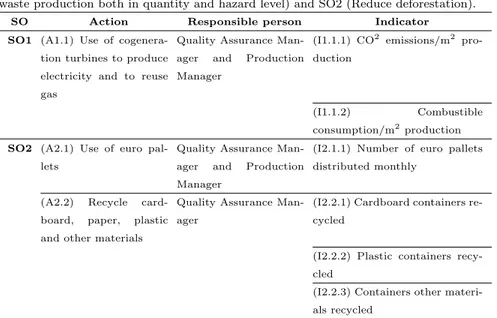A Domain Specific Modelling Language for Corporate Social Responsibility (CSR)
Texto completo
Figure




Documento similar
In relation to the Corporate Social Responsibility of the Barceló Group, in its reports it does not refer to aspects related to environmental issues, efforts to reduce
Core CSR policies are economic, legal, ethical and philanthropic actions directly associated with the core business of the firm and expected to enhance financial
When globally analysing the results of the three experiments, we can conclude that (i) the proposed relevance-based language modelling of the recommendation process performs better
The proposed positive effects of legal, ethical, economic, philanthropic and environmental dimensions of CSR on consumers’ support for corporate reputation, the selection of
Purpose – This paper aims to examine whether companies engaging in corporate philanthropy, a component of corporate social responsibility (CSR), disclose information about
With the rise of Corporate Social Responsibility (henceforth CSR), there is an increasing desire to measure and quantify the results provided by a CSR policy in the company, all
According to an interview with Henrik Lampa (H & M 2013), manager of corporate social responsibility (CSR) of the raw material at H & M, with the growing awareness
• Theoretical framework: The research model shows the direct relationships between the internalization of quality standards and environmental practices and performance, and




